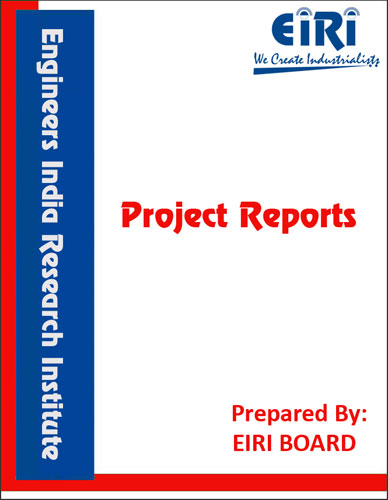Cellular Lightweight Concrete Bricks (CLC Bricks)
The project report includes Present Market Position and Expected Future Demand, Market Size, Statistics, Trends, SWOT Analysis and Forecasts. Report provides a comprehensive analysis from industry covering detailed reporting and evaluates the position of the industry by providing insights to the SWOT analysis of the industry.
We can prepare PROJECT REPORT as per your INVESTMENT PLAN for BANK LOAN REQUIREMENT and INDUSTRY ANALYSIS. All reports are prepared by highly qualified consultants and verified by a panel of experts.
Have Query? Click Here to Chat
Industry Expert is Online, Chat with him for more detail.

Bricks remain one of the most important building materials in the country. Brick making is a traditional industry in India, generally confined to rural areas. In recent years, with expanding urbanization and increasing demand for construction materials, brick kilns have to grow to meet the demand. It has directly or indirectly caused a series of environmental and health problems. At a local level (in the vicinity of a brick kiln), environmental pollution from brick-making operations is injurious to human health, animals and plant life. At a global level, environmental pollution from brick-making operations contributes to the phenomena of global warming and climate change. Also, extreme weather may cause degradation of the brick surface due to frost damage. Global warming and Environmental pollution is now a global concern. Cellular Light Weight Technology blocks can be used as an alternative to the red bricks, to reduce Environmental pollution and Global warming. CLC blocks are environment friendly. The energy consumed in the production of CLC blocks is only a fraction compared to the production of red bricks and emits no pollutants and creates no toxic products or by products. It is produced by initially making a slurry of Cement + Fly Ash + Water, which is further mixed with the addition of pre-formed stable foam in an ordinary concrete mixer under ambient conditions. Based on the trial mixes, it is found that compressive strength of CLC blocks is more than the compressive strength of conventional clay bricks. The addition of foam to the concrete mixture creates millions of tiny voids or cells in the material, hence the name Cellular Concrete.
Project Report Covers:
Introduction
Uses and Applications
Properties
Market Survey with future aspects
Present Manufacturers
B.I.S. Specifications
Manufacturing Process with Formulae
Cost Economics with Profitability Analysis
Capacity
Land & Building Requirements with Rates
List & Details of Plant and Machinery with their Costs
Raw Materials
Details/List and Costs
Power & Water Requirements
Labour/Staff Requirements
Utilities and Overheads
Total Capital Investment
Turnover
Cost of Production
Break Even Point
Profitability
Land Man Ratio
Suppliers of Plant & Machineries and Raw Materials.



